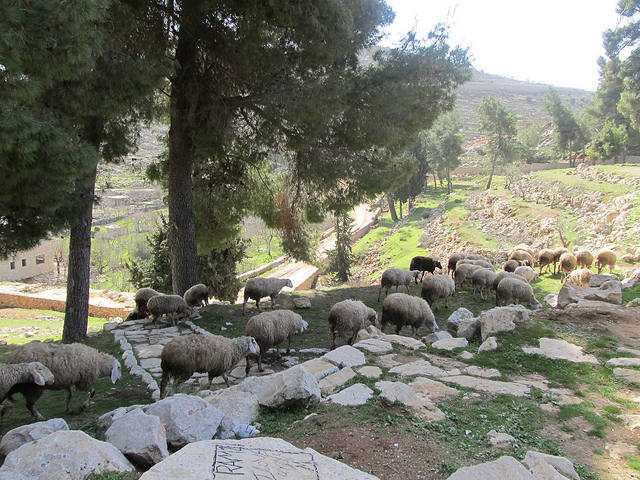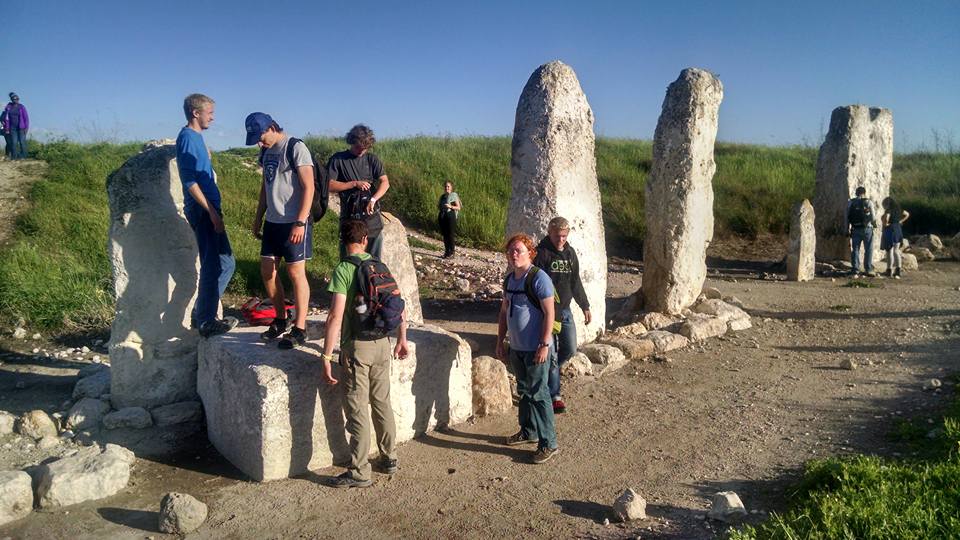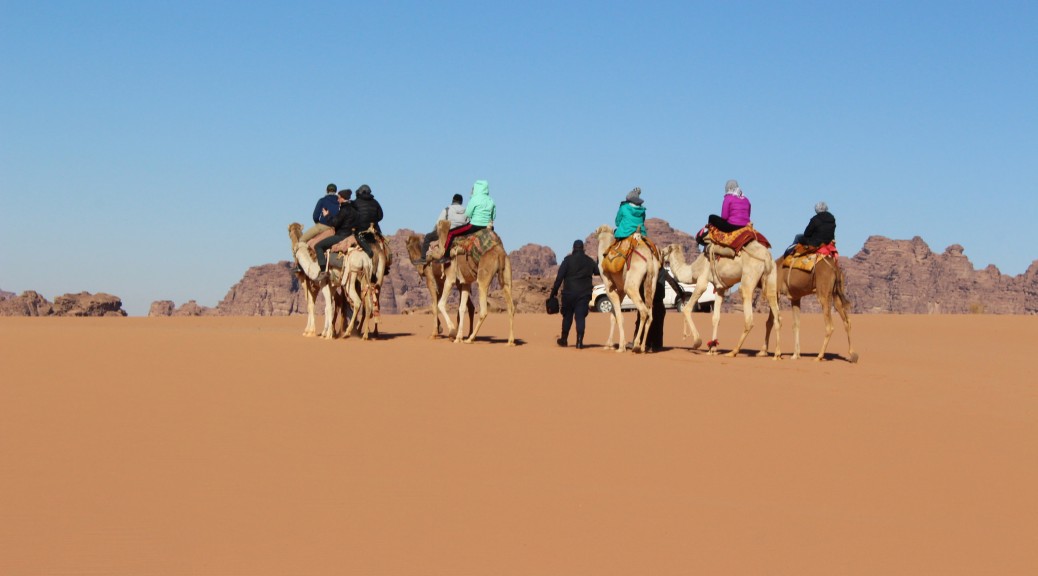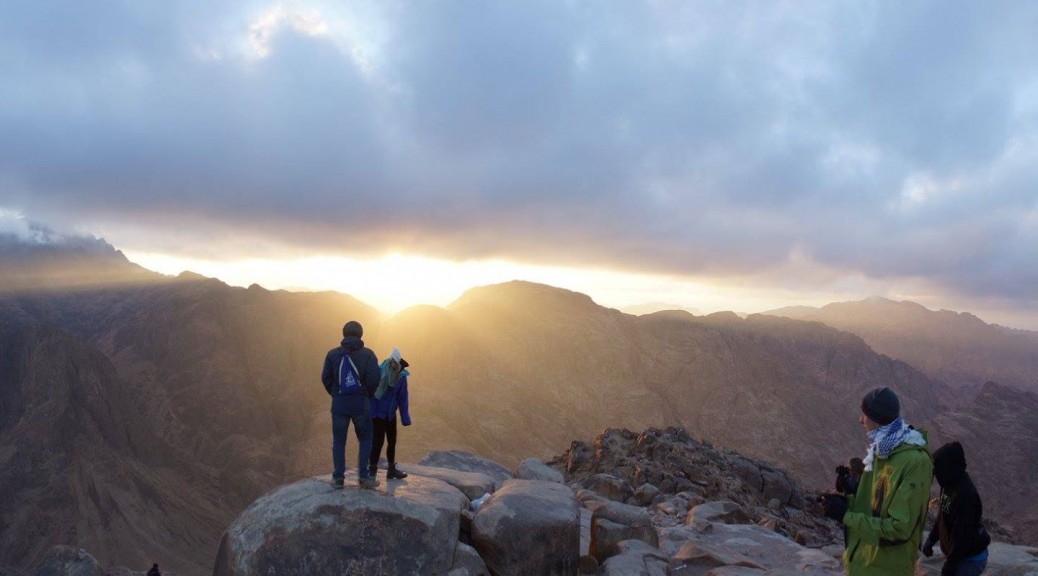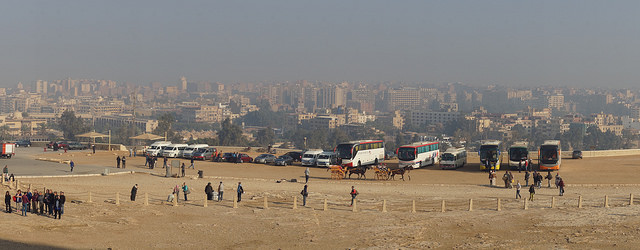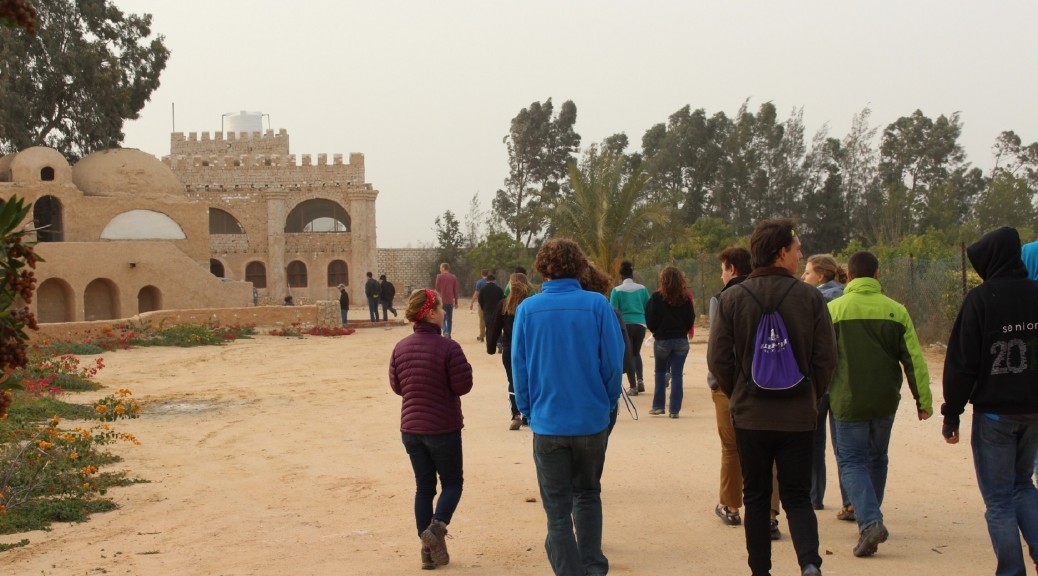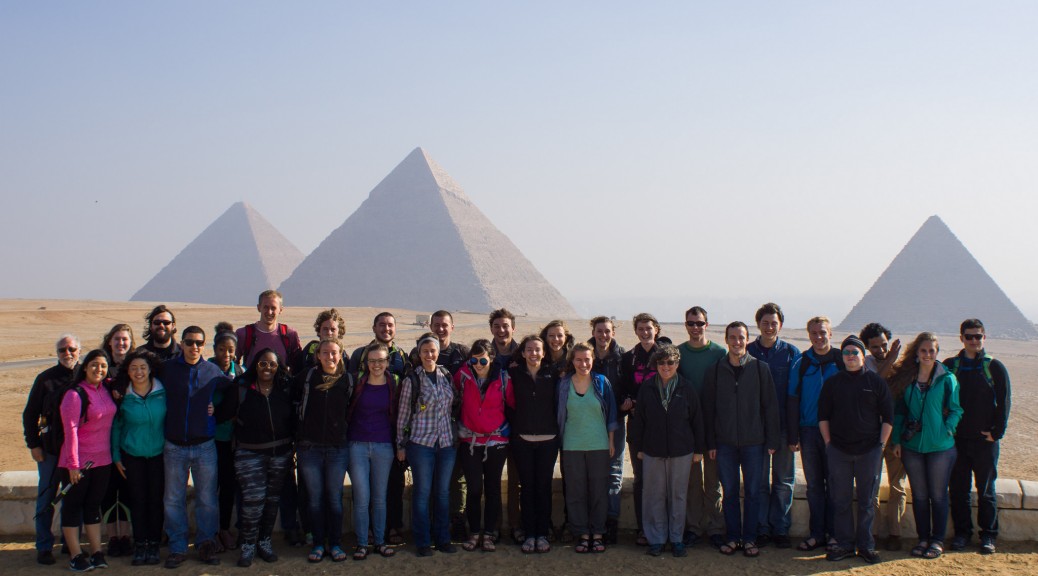Bet Sahour and Bethlehem
Delayed post from 23 February 2016
As we walk through silent, little Bethlehem, I can still hear the three wise men roaming through these narrow streets with their donkeys' rhythmical clack of hooves fading into the flagrant symphony of commerce and daily affairs that takes place in Palestinian suqs (markets). If anything elevates Bet Sahour over … Continue Reading ››
